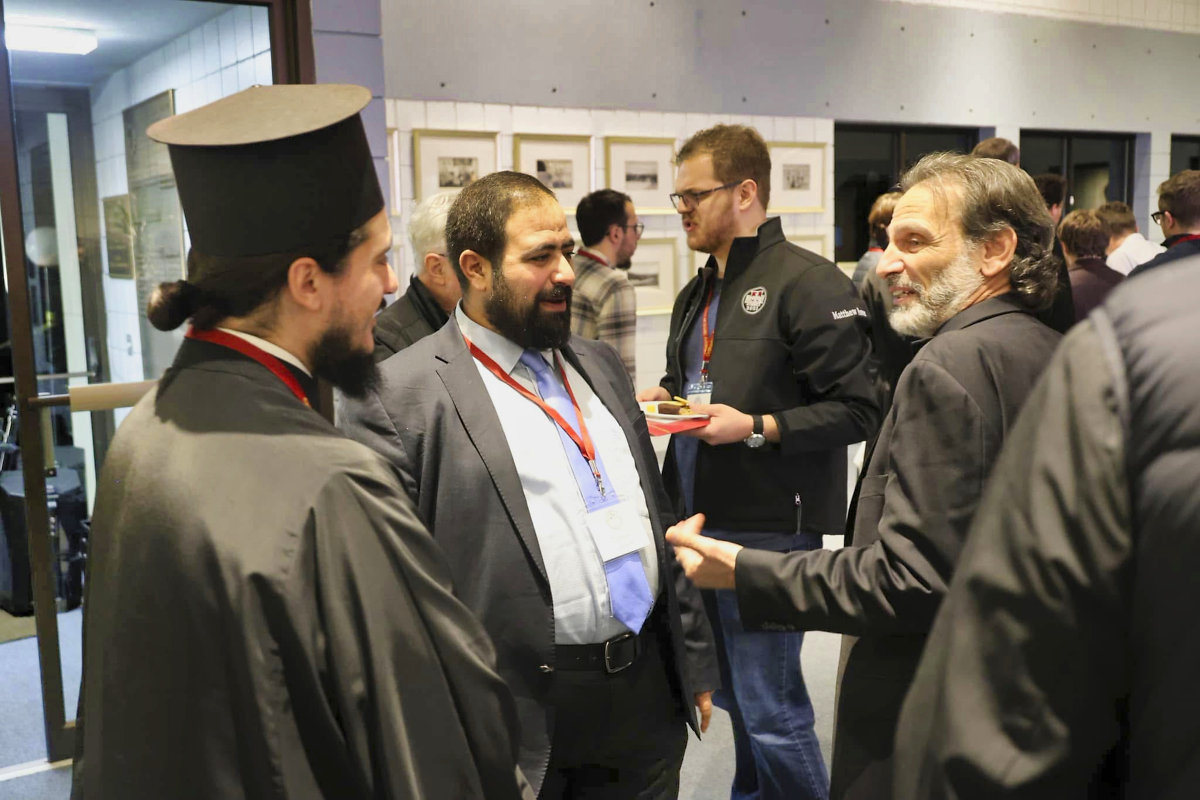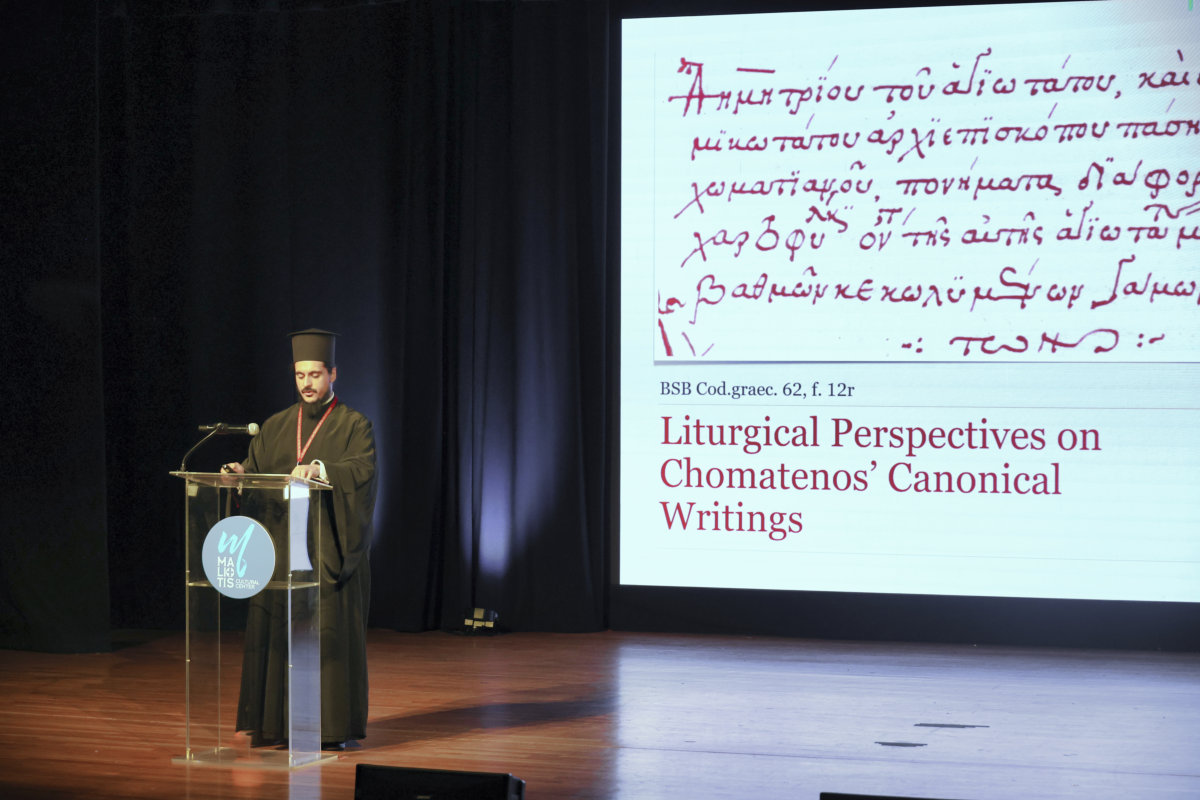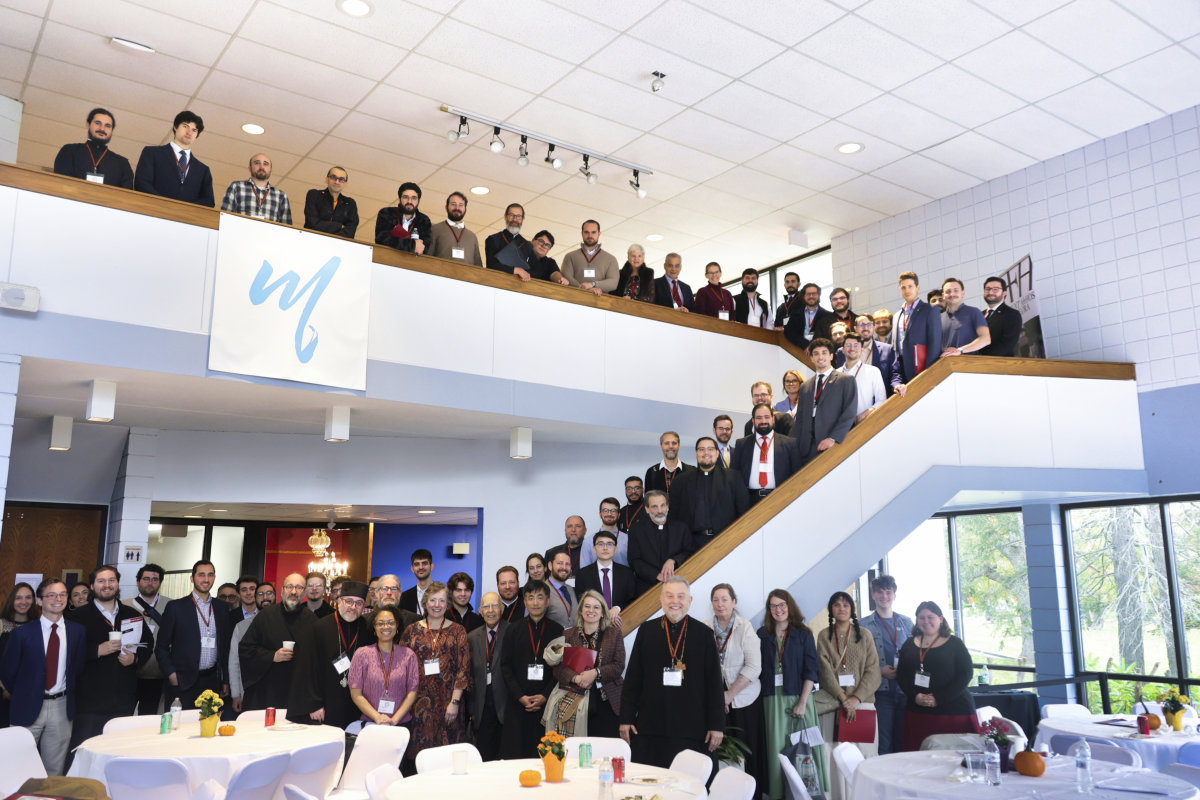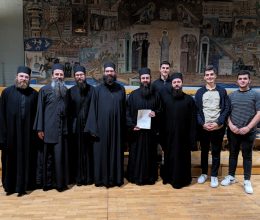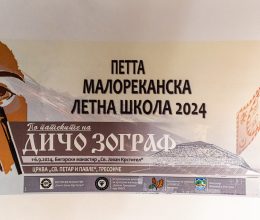On October 24 and 25, 2025, at the Maliotis Cultural Center in Boston, USA, the Second Annual Conference of the Orthodox Canon Law Society of North America was held.
The conference featured 26 presentations delivered by Orthodox, Oriental Orthodox, Catholic, and other scholars, who gathered to present papers representing contemporary research across all areas of canonical studies, as well as to engage in discussions on canonical practice in a professional context. The speakers at the conference demonstrated the high scholarly value of their works and the broad scope of this multidisciplinary field. By the conclusion of the event, the number of participants exceeded one hundred.
The opening of the conference was marked by a ceremonial reception, at which Rev. Dr. Patrick Viscuso, President of the Society, and Dr. Demetrios Katos, President of Hellenic College–Holy Cross, delivered welcoming addresses. Greetings were also offered by His Eminence Metropolitan Methodios of Boston, His Excellency Archbishop Richard Henning of the Roman Catholic Archdiocese of Boston, and Deacon Ken Liu of the Orthodox Christian Attorney Network. Letters of support and blessing were read on behalf of His Eminence Archbishop Elpidophoros of America and Bishop Mesrop Parsamyan, Primate of the Eastern Diocese of the Armenian Church of America.
Orthodox Canon Law encompasses the entire domain of Eastern Christian canonical history and practice, including Oriental Orthodox and Eastern Catholic traditions. This discipline extends beyond the study of formal legislation, embracing a wide range of practices and literature. The canonical and juridical life of the Church is reflected in diverse areas such as hagiography, liturgy, art, hymnography, and pastoral practice.
With the blessing of our Elder, His Grace Bishop Partenij of Antania, Archimandrite Anatolij, one of our brethren, took part in the conference. He is currently pursuing his doctoral research on the service books of the Archbishopric of Ohrid from the 14th to the 18th centuries. At the conference, he presented his paper entitled “Liturgical Perspectives of the Canonical Writings of Homatian”, the abstract of which is provided below.
Liturgical Perspectives on Chomatenos’ Canonical Writings
Demetrios Chomatenos, or Chomatianos, Archbishop of Ohrid from 1216/17 until his death ca. 1236, is a prominent figure in Byzantine historiography. His extensive corpus of canonical responses, legal opinions, and pastoral judgements forms a valuable body of legal tradition and a substantial contribution to the canon law of the Eastern Orthodox Church. Although copied and widely circulated during the late Middle Ages, his writings were only published in modern editions in the nineteenth century, namely in Ralles and Potles’ Athenian Syntagma (vol. 5, 1855), and Cardinal Pitra’s posthumous edition of the Analecta (vol. 7, 1891). In the twentieth century, Jean Darrouzès evaluated the authenticity of several of his texts, and, subsequently, Günter Prinzing produced a critical edition of the Ponemata Diaphora in 2002.
Apart from the studies of his writings on canonical issues, Chomatenos is often studied in relation to the general conflict between the Empire of Nicaea and the Despotate of Epirus, and their churches, during the Latin occupation of Constantinople (1204–1261). In regard to this particular circumstance, his opinions on the azyma, other theological differences, as well as the issues regarding communion with the Latin Church have been taken in consideration by scholars. Yet Chomatenos also addresses liturgical matters of the Byzantine Rite in detail, presenting them as expressions of Eastern Church custom—and, by extension, as binding ecclesiastical law in his view—that have not been yet studied by liturgiologists and are often absent from the sources they consider.
Among the Responsa to the Metropolitan Constantine Kabasilas of Dyrrachion and King Stefan Radoslav of Serbia Chomatenos addresses rubrical issues such as the asmatic and monastic elements in Vespers, Matins, and some issues of the Divine Liturgy. These canonical texts thus constitute a unique witness of the thirteenth century, in view of the contemporary and later diataxeis, as well as other evidence of liturgical practice. Other topics include the significance of Sunday and feast days in Chomatenos’ penitential practices, use of the liturgical vestments and their colour, and Gospel readings.
This paper delves into these liturgical matters and presents the underexplored liturgical material found in Chomatenos’ canonical responsa, that not only reflects local rubrical practices but also provides rare, datable testimony to the twelfth- and thirteenth-century Byzantine liturgical landscape. It is hoped that this initial and preliminary investigation of Chomatenos’ liturgical activity in the Archbishopric of Ohrid will not only illuminate the interaction between canon law and liturgical practice but also encourage contemporary liturgiologists to engage more deeply with this significant but overlooked source.


